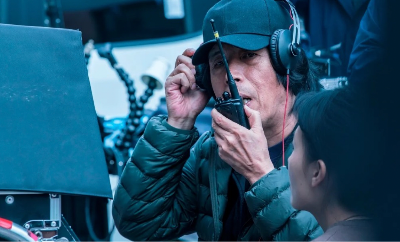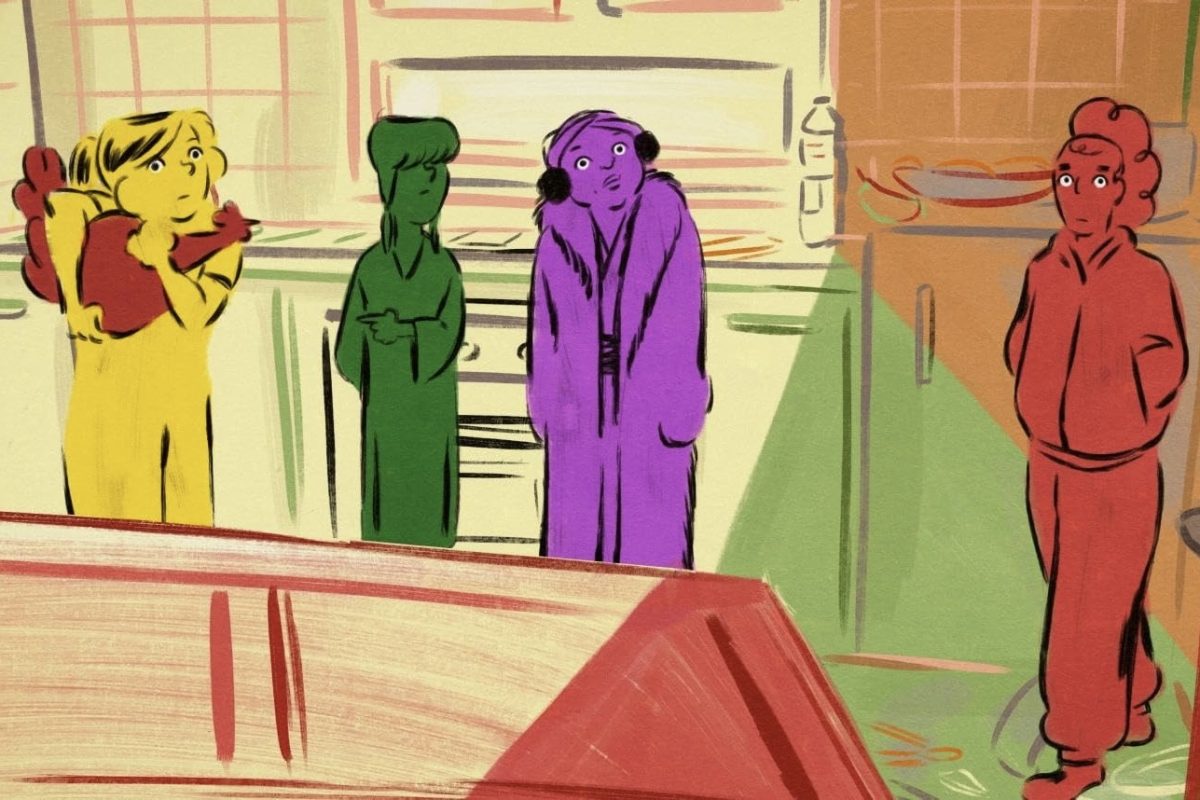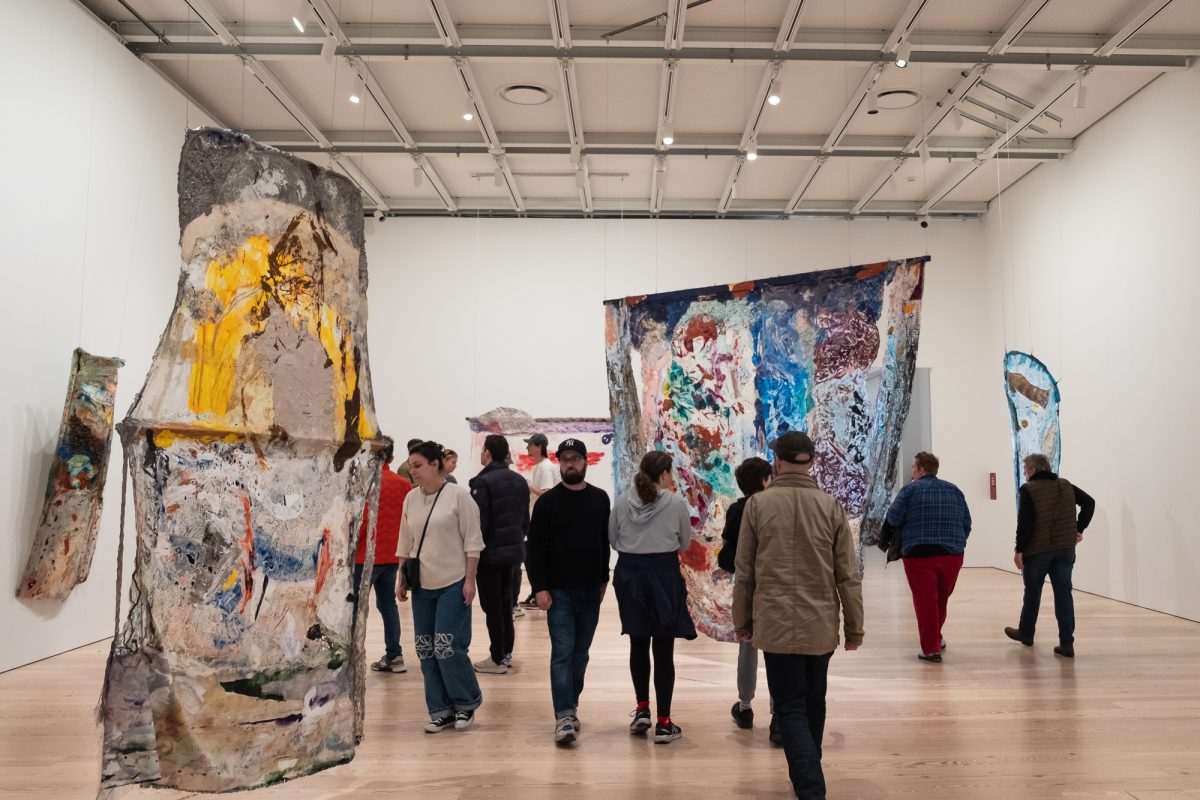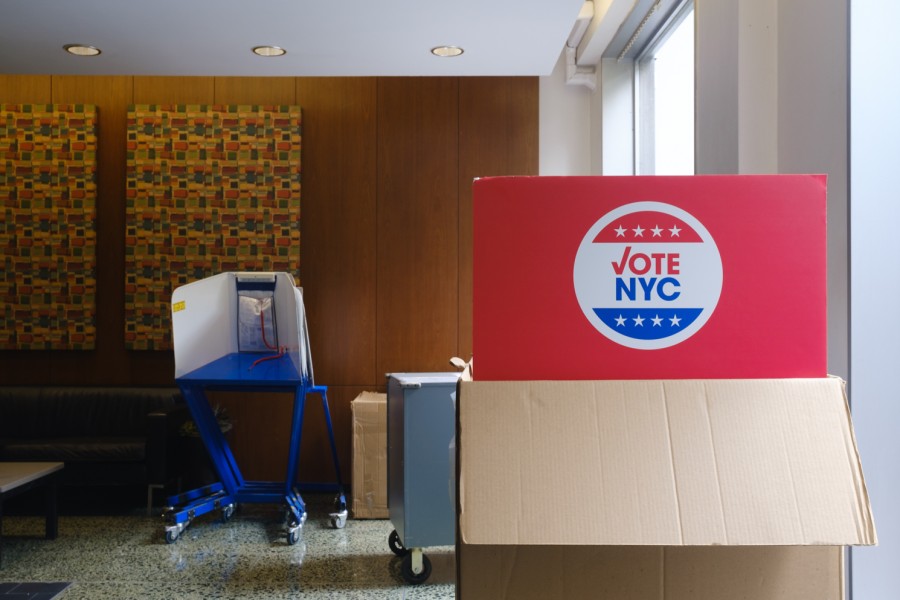‘Drawing’ through history at Met
Melencolia I by Albrecht Dürer is one of many pieces among the galleries 1.5 million prints.
October 5, 2015
The Metropolitan Museum of Art has pulled the best pieces of art from its extensive drawing and prints collection to create a comprehensive exhibit boasting American and Western European literature and print. The exhibit displays a variety of pieces, ranging from the early works of famous artists such as John Singer Sargent to contemporary artists like Frank Lobdell.
The exhibit is small by Met standards as it only takes up one room, however, the space does not take away from the concentration of artwork in the exhibit. The room is split in half, with one focusing on drawings and prints relating to the human figure, and the other devoted to landscapes and more abstract works of art. Rather than creating a disjointed atmosphere, the division of the art makes it easy to appreciate the different subjects of these prints and drawings. The walls are strategically set up so that viewers can walk along the room and view the art chronologically, witnessing the history of the drawings and prints.
The exhibit begins with early renaissance work from classic Italian artists. Their work, true to renaissance art, focuses on soft lines and detailed shadowing. Next, viewers are treated to the centerpiece of the exhibit. In the middle of the room is a large, gold-framed cartoon, featuring “The Martyrdom of Saint Cecilia” by Domenichino. A cartoon is a charcoal sketch that is later used to trace an image onto a canvas. The scale of the piece allows viewers to appreciate the nuances and details of the drawing, such as the religious connotations and the expressive facial features of the statues in the background. The last section of the wall is devoted to the drawings and watercolors of Sargent, and his work during the mid-1800s. As the time period of the art changes, viewers can see the figure drawings evolve from classical renaissance forms to the expressionistic treatments of Sargent and other 19th century artists.
The other side of the room is filled with landscape etchings, lithographs and an array of works by the talented Spanish printmaker Mariano Fortuny. Also featured on this side of the hall are the modern prints and drawings by contemporary artists. As opposed to the realistic drawings and prints of previous years, these pieces of art are expressive, abstract and focus on the relationships between color and shapes.
“Drawings and Prints” is a well rounded exhibit that features artwork from artwork spanning through much of art history and in many media. Pencil drawings, charcoal drawings, lithograph prints and etchings are all featured in a cohesive exhibit that is definitely worth checking out. The Met has truly brought out the best of the best for this show, one which everyone can enjoy.
“Drawings and Prints” runs from Sept. 29 to Jan. 4.
A version of this article appeared in the Oct. 5 print edition. Email Lily Colins at [email protected].













































































































































